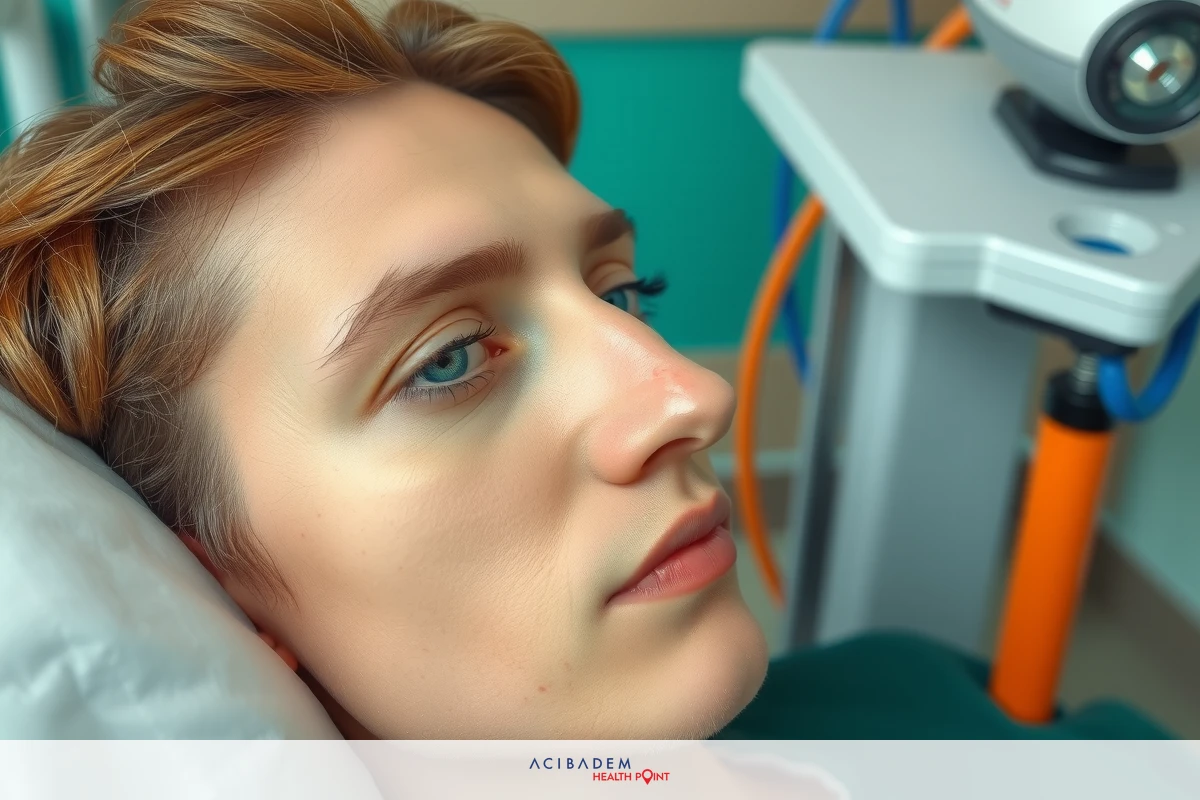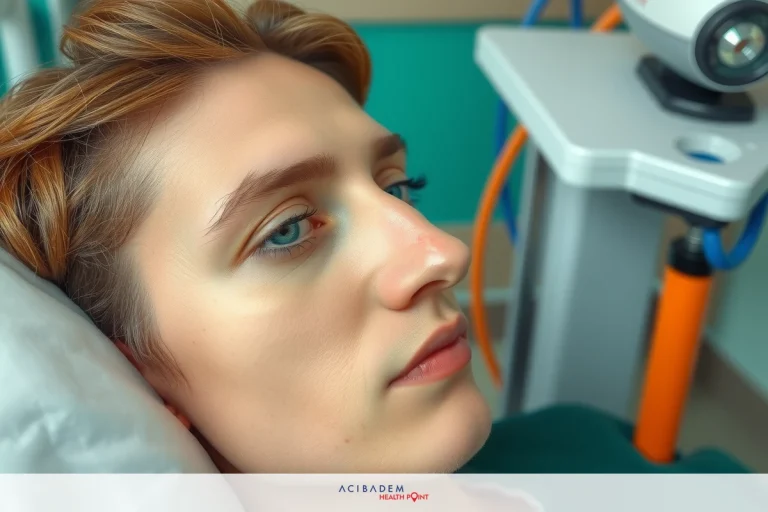Why Do I Have a Pig Nose After Rhinoplasty
Why Do I Have a Pig Nose After Rhinoplasty Rhinoplasty, the term that triggers visions of beauty and symmetry in one’s mind. A journey, often embarked upon by individuals seeking to enhance facial aesthetics or correct functional issues with their nose. Yet sometimes this path leads to an unexpected destination – a pig-like appearance post-surgery.
This phenomenon, although disconcerting for many, has its roots embedded in several factors. These could range from natural swelling after surgery that distorts the normal shape of the nose temporarily, to certain surgical techniques leading to unwanted aesthetic outcomes. These aspects can offer reassurance and pave the way for effective solutions.
The healing process following rhinoplasty is another layer coloring this intricate canvas. The time it takes for your body to fully recover varies greatly depending on individual circumstances and how well you follow post-operative care instructions. This period plays a crucial role in shaping up the final look of your nose – a factor not known widely by many patients before they opt for rhinoplasty.
Common Causes of Pig-Like Appearance
Rhinoplasty, a field in cosmetic surgery that works miracles on noses, sometimes throws a curveball in the form of a pig-like appearance post-surgery. This outcome is not something patients anticipate when they sign up for the procedure. The reasons behind this unexpected result are manifold and understanding them can help ease concerns.
One factor involves surgical techniques employed during rhinoplasty. When too much cartilage is removed from the tip or nostrils, it can cause an upward tilt to the nose giving it a pig-like appearance. In contrast, if there’s insufficient removal or reshaping of cartilage particularly around the lower region of your nose, it could lead to similar results due to excessive fullness.
Post-operative swelling is another important contributor to this issue. After undergoing rhinoplasty, it’s natural for your body to respond with inflammation as part of its healing process – thus changing your appearance temporarily. While most swelling subsides within weeks following surgery, residual inflammation may persist longer leading some patients into believing their final look has been compromised.
A patient’s unique anatomy also plays its part in defining how their nose looks after rhinoplasty and whether they end up with what resembles a pig’s snout. For instance, individuals having thicker skin might notice more pronounced changes during swelling compared to those with thinner skin layers who might experience subtler alterations.
Lastly but importantly is perception – both self-perception and societal norms about beauty significantly influence one’s judgment about their own appearances post-rhinoplasty which contributes further complexity to this issue.
Surgical techniques used during rhinoplasty operation intertwined with individual physiological responses such as inflammation and unique anatomical features all contribute towards shaping up patient experiences post-surgery including cases where outcomes bear resemblance with a pig’s snout.
Tips for Managing Post-Rhinoplasty Swelling
In the world of rhinoplasty, swelling is an expected travel companion on the road to recovery. It’s a natural response by your body as it heals post-surgery and can cause some temporary distortions in appearance. There are several strategies that patients can employ to manage this swelling effectively and help expedite their journey

towards achieving the desired cosmetic outcome.
Elevate Your Head: Simple yet effective – keeping your head elevated while sleeping or lying down facilitates better fluid drainage, thereby reducing facial puffiness.
Stay Hydrated: Keeping yourself well hydrated not only promotes overall health but also aids in faster reduction of inflammation.
Avoid Salt: High sodium intake often leads to water retention which may exacerbate post-operative swelling. So it’s wise to monitor and limit salt consumption after surgery.
Cold Compresses: Applying cold compresses around the area (and not directly on the nose) can help alleviate discomfort and reduce inflammation.
Gentle Exercise: Light activities such as slow walks could aid circulation without putting undue stress on surgical sites thus helping with healing process.
Patience is key when dealing with post-rhinoplasty swelling. The true aesthetic outcome reveals itself gradually over time as your body fully recovers from the procedure. Maintaining a positive mindset along with following these tips will make your post-rhinoplasty journey smoother leading you closer towards meeting your cosmetic goals sooner than later!
Long-Term Results and Patient Satisfaction
Rhinoplasty, a chapter in the field of cosmetic surgery that holds promise for many seeking to alter their nasal structure, is often judged by its long-term results. The healing process following rhinoplasty is as unique as each patient’s anatomy and expectations. The time it takes for swelling to completely subside and the nose to settle into its final shape varies greatly among individuals.
During this period, initial appearances can be deceiving. Any residual pig-like appearance observed immediately after surgery could simply be due to post-operative swelling which gradually resolves over time. It isn’t unusual for patients to notice changes in their nose’s shape several months or even up to a year after the procedure – an aspect not commonly known before signing up for rhinoplasty.
The final outcome also heavily depends on factors such as surgical techniques used during operation, individual physiological responses including inflammation level, skin thickness among others. Therefore understanding these nuances can help set realistic expectations about what one can achieve through rhinoplasty thereby contributing towards overall satisfaction with outcomes.
Patient satisfaction doesn’t solely rest upon aesthetic outcomes but also encompasses smoother recovery experiences and fulfillment of pre-surgery expectations which can influence how they perceive their post rhinoplasty journey retrospectively! Thus it’s crucial for prospective patients considering this path to have open discussions with doctors about what they hope versus what realistically they might achieve through this procedure.
While any immediate postoperative distortions certainly cause concern, remember that your body responds uniquely to surgeries such as rhinoplasty making healing process different from person-to-person. Patience along with understanding those variations will help you appreciate your new look when all settles down – thus leading you closer towards achieving desired aesthetic goals delivering greater satisfaction at end of your post-rhinoplasty journey!
Why Do I Have a Pig Nose After Rhinoplasty: Frequently Asked Questions
How long does it take for the final rhinoplasty results to be visible?
The timeline for full recovery and visibility of final results varies greatly among individuals. While most swelling subsides in the weeks following surgery, subtle changes may continue up to a year after surgery.
Does everyone experience a pig-like appearance after rhinoplasty?
No, not all patients will notice a pig-like appearance post-surgery. This largely depends on individual factors including surgical techniques used, unique anatomy and physiological responses such as inflammation level.
What can I do to reduce post-operative swelling?
There are several strategies you can employ; keeping your head elevated while resting or sleeping, staying well hydrated, limiting sodium intake, using cold compresses (not directly on nose but around area) and engaging in gentle exercises like slow walks which aid circulation without straining surgical sites.
Is patient satisfaction high with rhinoplasty outcomes?
Patient satisfaction is highly subjective and varies based on individual expectations versus actual outcomes along with smoothness of recovery experiences among other factors. It's crucial that prospective patients have open discussions with their doctors regarding what they hope versus what realistically they might achieve through this proced











